Lamborghini Gallardo Spyder
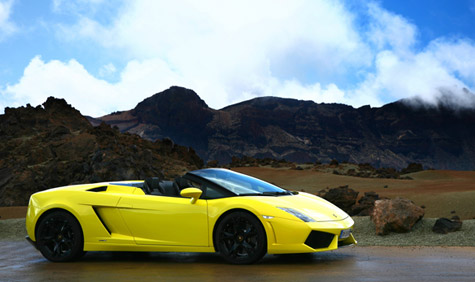
Some brands are content to have their identities set in stone, ensuring that each and every future product is simply an evolutionary enhancement of the core values that made their name in the first place. While many car companies want a fluid image that can shift as times and attitudes change, there are a few maverick brands unafraid to seen to go against the flow.
Lamborghini have no problem with being a high performance car maker in an eco-conscious world; they point out, not unreasonably, that their slender production volume and the 'occasional use' quality of their cars means their overall emissions are relatively low.
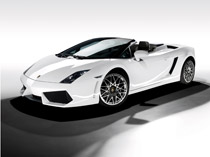
See more of the new Lamborghini Gallardo Spyder
With the sporting end of the market still locked into a horsepower war – woe betide the manufacturer that blinks and boldly steps out with a car offering less power than its rivals – we can still be sure of 500+ horsepower outputs for the foreseeable future.
This, we are assured, is not an atmosphere-roasting catastrophe. Incremental improvements mean that the modern supercar is leaner and cleaner than ever before. Let's not make excuses, though: these cars are never going to clip under the EU's projected average CO2 emissions, not now, not ever. And that, we suspect, is just how their designers like them.
A short Lamborhini history
Lamborghini's modern era began with the entrance of Audi as financial fairy godmother, bringing with it the deep pockets of the VW Group to haul the company back from its decades in the supercar wilderness, tossing out endless ultra-limited specials for a die-hard audience of motoring journalists, sultans and eccentric financial wizards.
Receive our daily digest of inspiration, escapism and design stories from around the world direct to your inbox.
Although the first leg of Lamborghini's life was spent challenging Ferrari with a respectable series of elegant, powerful and distinctive coupes, culminating in the genre-creating Miura supercar of 1966, the company then entered a phase of unabashed automotive ostentation, kick-started by the Countach, Marcello Gandini's 70s-era metal wedge: no other car has been so perfectly paired with the adjective 'outlandish'.
The die was set, from Countach through Jalpa and Diablo: Lamborghini was about power and extravagance. Following a period of ownership by Chrysler, the company was flipped over to the Indonesians, with seasoned sports car executives holding the fort back in Europe, driving sales steadily upwards. Enter Audi, which consolidated its intent by launching the Murcielago in 2001 and proving to everyone that VW Group ownership needn't dilute the qualities of the cars. The V12 Murcielago was followed by the V10-powered Gallardo in 2003; together, the two models have outsold every other Lamborghini ever made in the preceding years.
What changed? Reliable engineering, enduringly dramatic styling and the global demand for supercars, helping sales rise inexorably throughout the late 90s and beyond. The Gallardo was recently given a serious overhaul, with aesthetic tweaks joined by a full-scale engineering fillet, making the car faster, lighter, leaner and more efficient into the bargain.
The latest creation
The Gallardo LP560-4 Spyder, to give this car its full appellation, is a thing of visual delight. Styled, like the Murcielago, by a team headed up by the multi-lingual, continent-hopping stylist Luc Donckerwolke, the Gallardo succeeds on several levels. Not only does it reference Lamborghini's historic portfolio - crammed full of both elegance and insanity, most often contained within the same car – but it's also brutally contemporary.
From behind the wheel, the modern Gallardo has few quirks (although Sant'Agata's seamstresses are only too eager to deliver a retina-searing experience of polychromatic hide). Most of the bits that need to work efficiently and not ostentatiously are simply plucked from Audi's well-stocked parts bin (an arrangement that might make Ferrari rather jealous). The steering is direct, the brakes reassuringly efficient and the driving position surprisingly ergonomic.
Your main hazard is other road users: in the complete inverse of the police car effect - where a patrol car carries with it a bubble of hyper-conscious drivers, consciously sticking to the posted limits – the Gallardo forms a buffer zone of self-conscious idiocy, a mobile a mobile accident blackspot created by other road users, overwhelmingly of the male persuasion, attempting to demonstrate their superior wheelmanship.
Sadly, your unwanted competitors are probably all too aware that the Gallardo contains a V10, a highly tuned version of the engine also found in the Audi RS6 and the new R8 V10. In the Gallardo, it's been given free reign to rev high and loud, rattling the urban environment and making every traffic light an occasion. Shrinking violets should note that the front suspension can be raised up by five helpful centimetres to help negotiate urban speed bumps (the sound of unwanted automotive schadenfreude is the heavy crack of carbon fibre front spoiler connecting with raised tarmac).
With sport and track modes, four wheel drive and the aforementioned power, the Gallardo feels supremely wieldy, despite its size. This is a car so easy to drive that the controls swiftly become second nature. With the 70s era cars now reduced to a form of kitschy nostalgia, many might consider a Lamborghini to still be a step too far. However, low level mass production has helped this most bloody-minded of companies to create a modern motoring icon, all ability and no unnecessary flash.
Jonathan Bell has written for Wallpaper* magazine since 1999, covering everything from architecture and transport design to books, tech and graphic design. He is now the magazine’s Transport and Technology Editor. Jonathan has written and edited 15 books, including Concept Car Design, 21st Century House, and The New Modern House. He is also the host of Wallpaper’s first podcast.
-
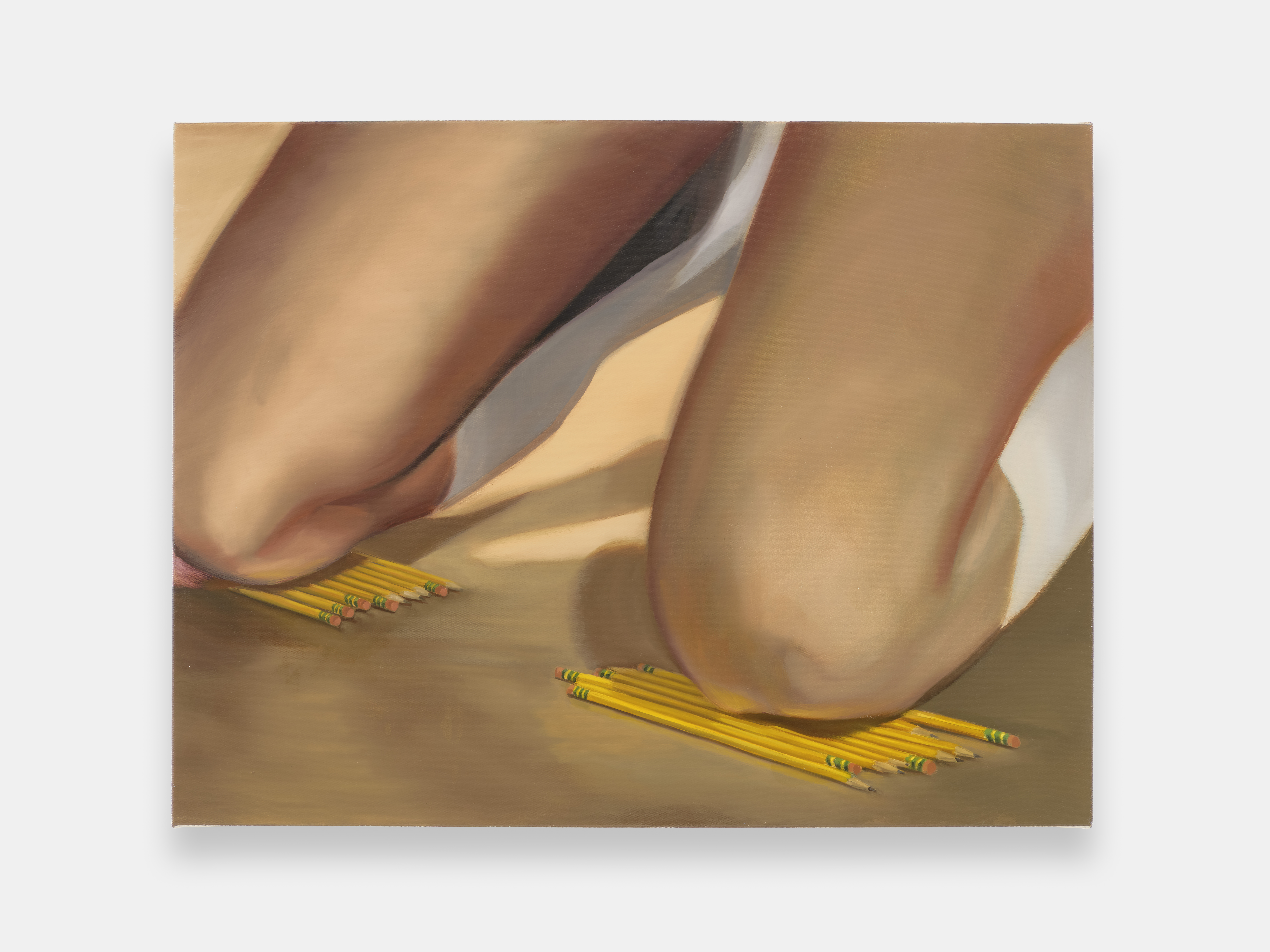 ‘I want to bring anxiety to the surface': Shannon Cartier Lucy on her unsettling works
‘I want to bring anxiety to the surface': Shannon Cartier Lucy on her unsettling worksIn an exhibition at Soft Opening, London, Shannon Cartier Lucy revisits childhood memories
-
 What one writer learnt in 2025 through exploring the ‘intimate, familiar’ wardrobes of ten friends
What one writer learnt in 2025 through exploring the ‘intimate, familiar’ wardrobes of ten friendsInspired by artist Sophie Calle, Colleen Kelsey’s ‘Wearing It Out’ sees the writer ask ten friends to tell the stories behind their most precious garments – from a wedding dress ordered on a whim to a pair of Prada Mary Janes
-
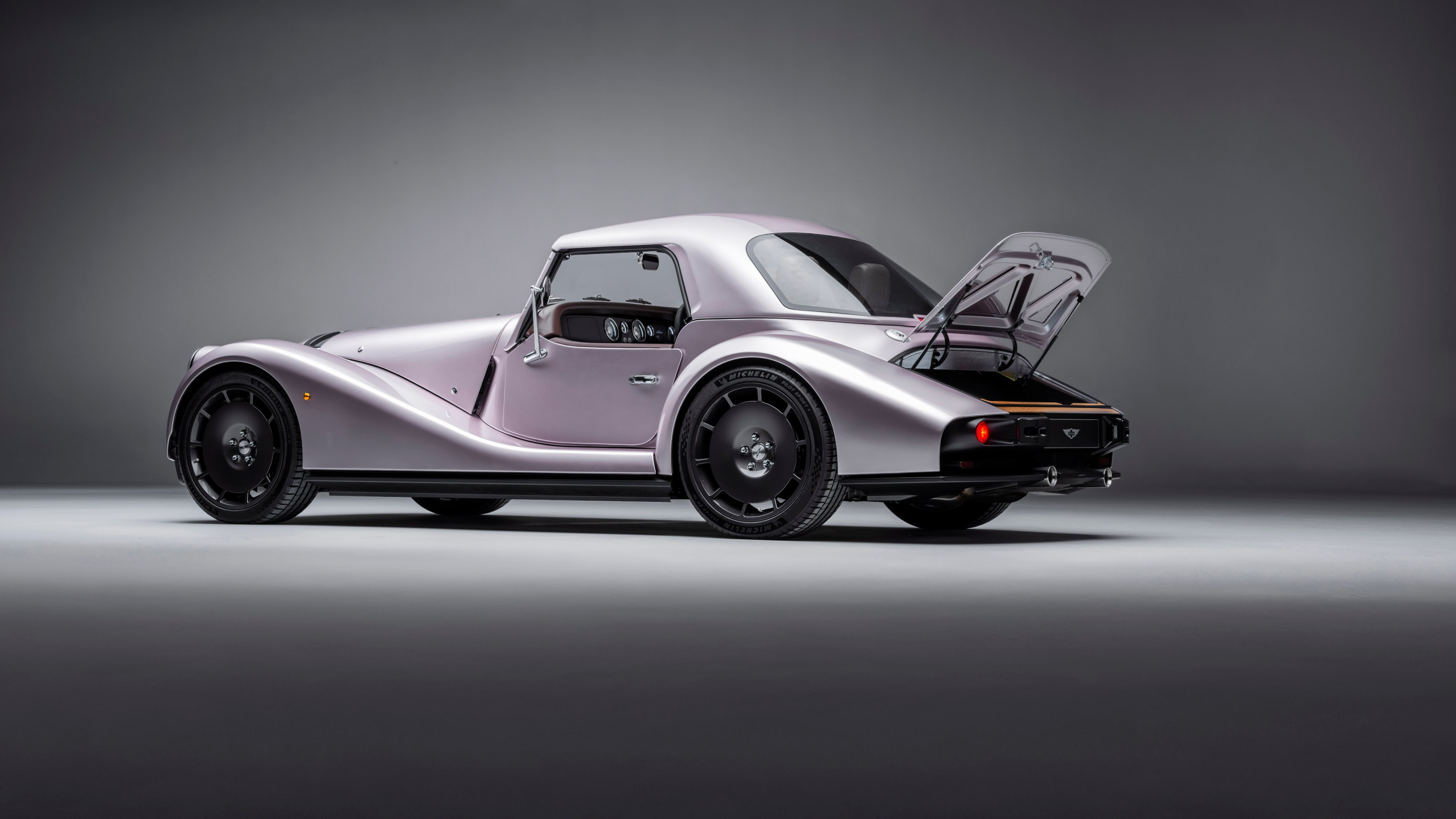 Year in review: 2025’s top ten cars chosen by transport editor Jonathan Bell
Year in review: 2025’s top ten cars chosen by transport editor Jonathan BellWhat were our chosen conveyances in 2025? These ten cars impressed, either through their look and feel, style, sophistication or all-round practicality
-
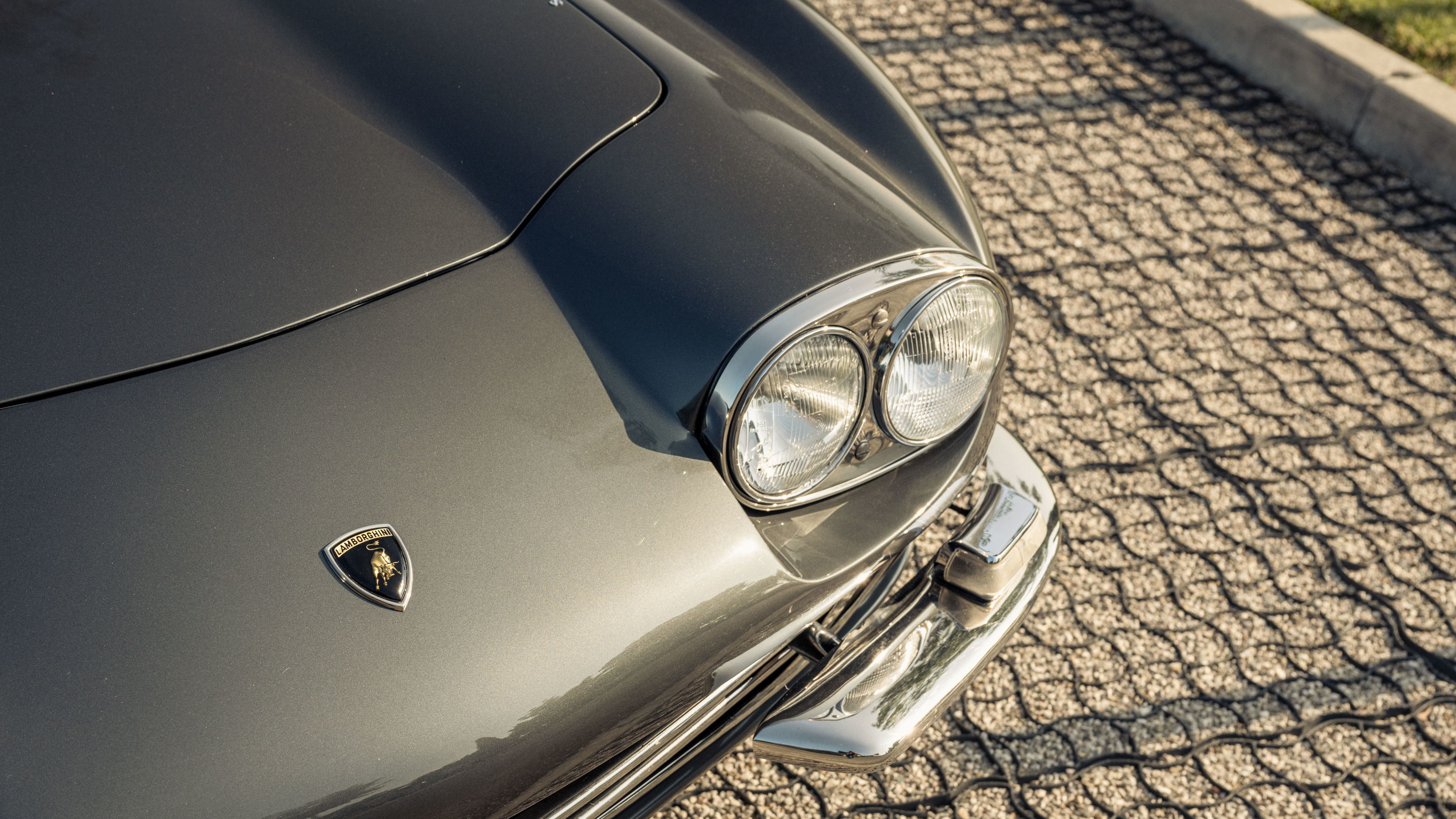 How to spot a fake Lamborghini: inside the sports car manufacturer’s Polo Storico division
How to spot a fake Lamborghini: inside the sports car manufacturer’s Polo Storico divisionFake or fortune? We talk to the team of Lamborghini experts who can spot a priceless classic from a phoney
-
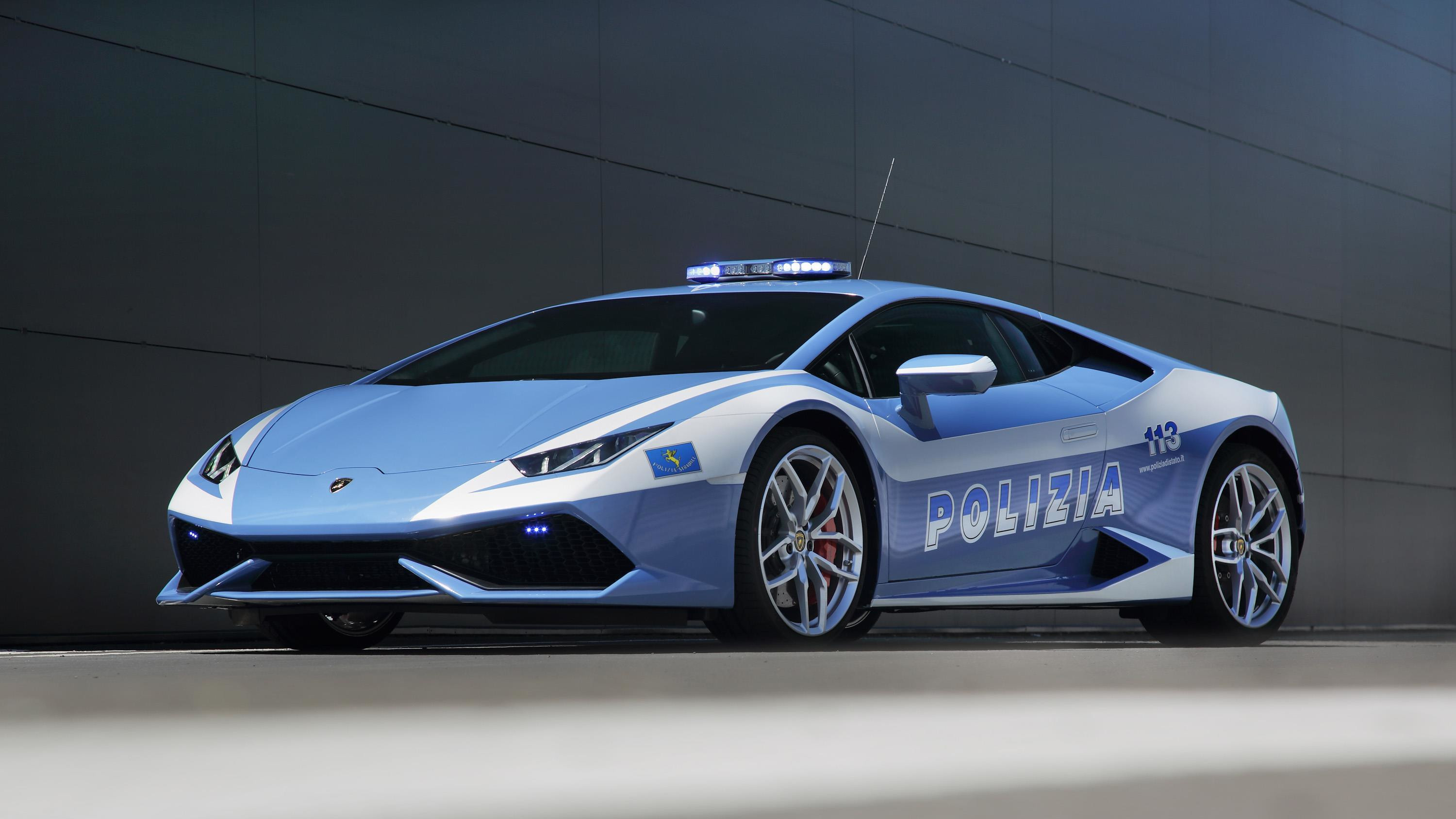 Lamborghini, fast friends with the Italian State Police for two decades
Lamborghini, fast friends with the Italian State Police for two decadesWhen the Italian police need to be somewhere fast, they turn to a long-running partnership with one of the country’s most famed sports car manufacturers, Lamborghini
-
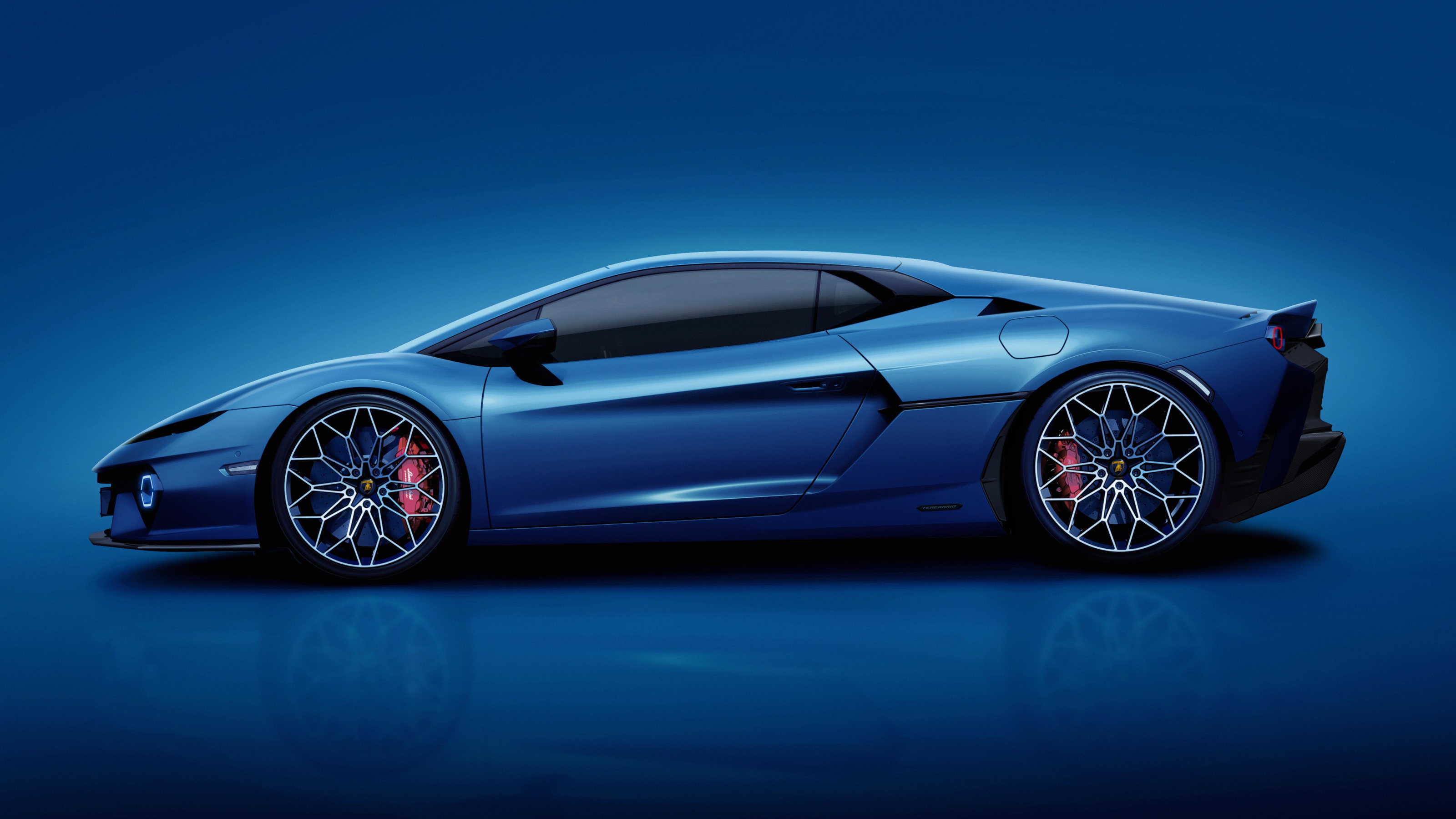 Lamborghini’s Mitja Borkert discusses the company’s new Temerario super sports car
Lamborghini’s Mitja Borkert discusses the company’s new Temerario super sports carThe new Lamborghini Temerario was unveiled this month in California, ushering in a new era of electrified performance to replace the company’s best-selling Huracán model
-
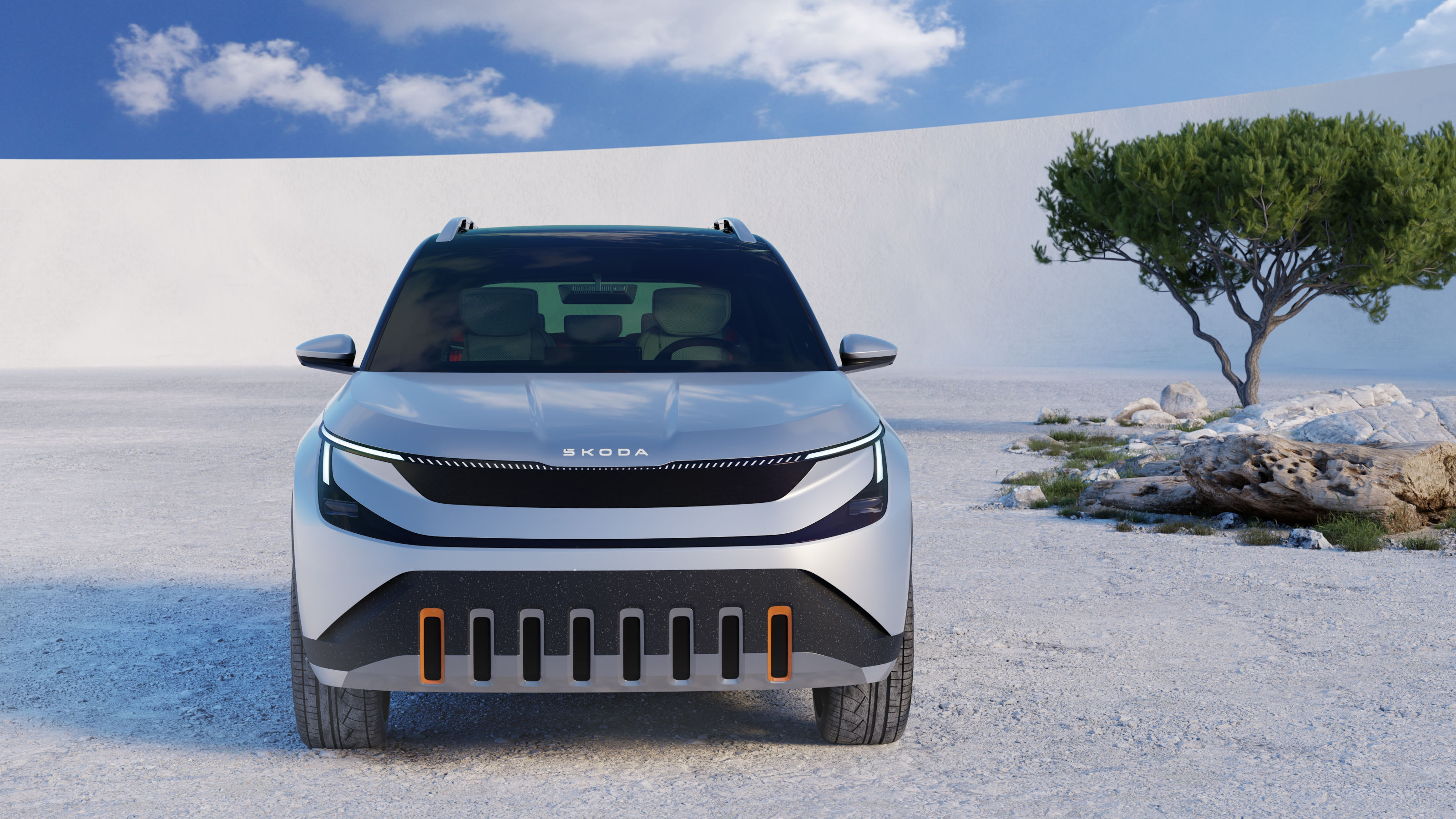 Coming soon: a curated collection of all the new EVs and hybrids that matter
Coming soon: a curated collection of all the new EVs and hybrids that matterWe've rounded up new and updated offerings from Audi, Porsche, Ineos, Mini and more to keep tabs on the shifting sands of the mainstream car market
-
 In memoriam: automotive designer Marcello Gandini (1938-2024)
In memoriam: automotive designer Marcello Gandini (1938-2024)As the man behind the form of the modern supercar, Marcello Gandini was hugely influential. We look back at some of his most accomplished designs
-
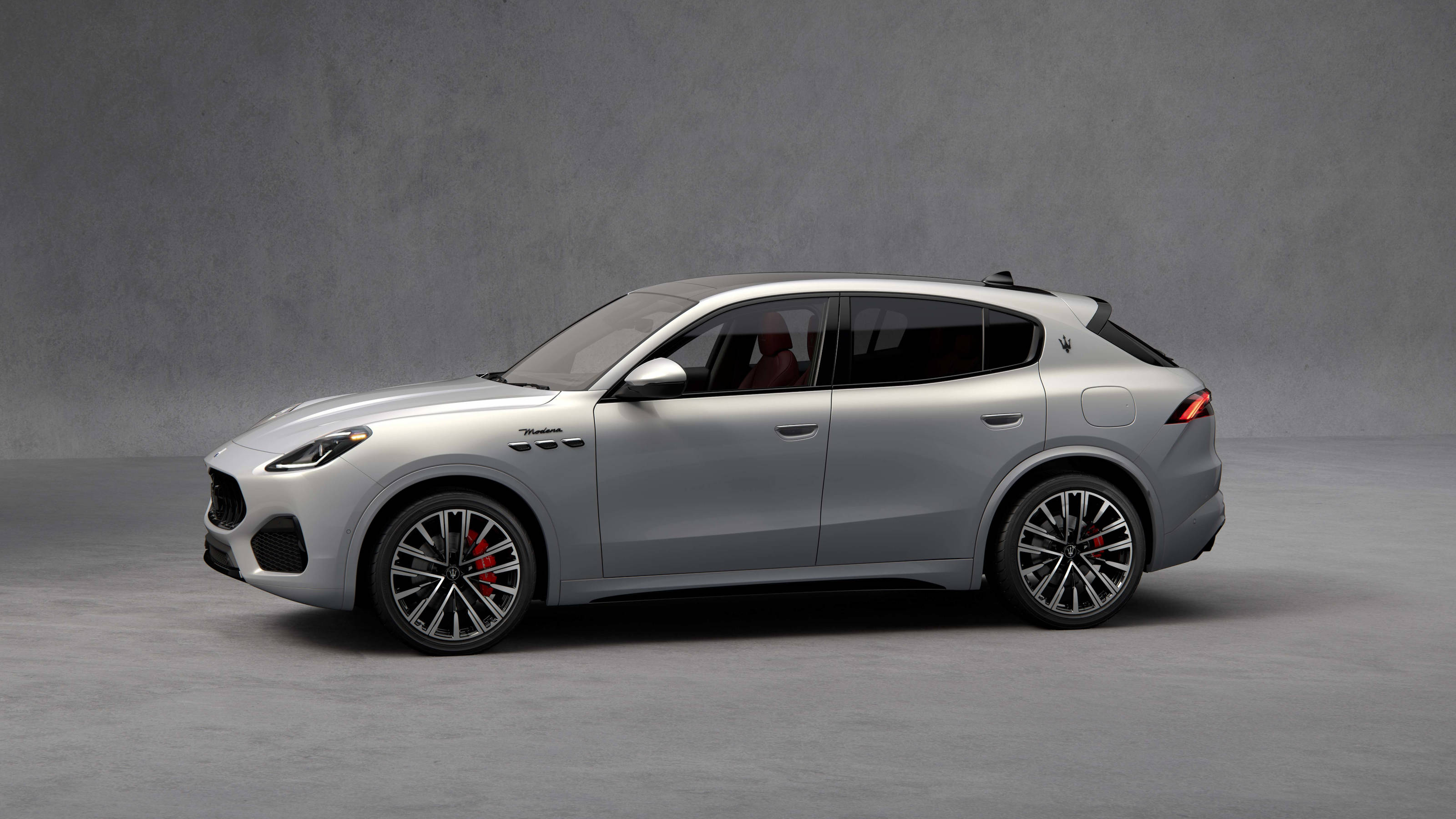 Maserati Grecale Modena hits the middle ground, an SUV for the badge-conscious
Maserati Grecale Modena hits the middle ground, an SUV for the badge-consciousThe Maserati Grecale Modena shows just how far a brand has to go to make an impact in the contemporary car market. How does it reflect on the Italian company’s long heritage?
-
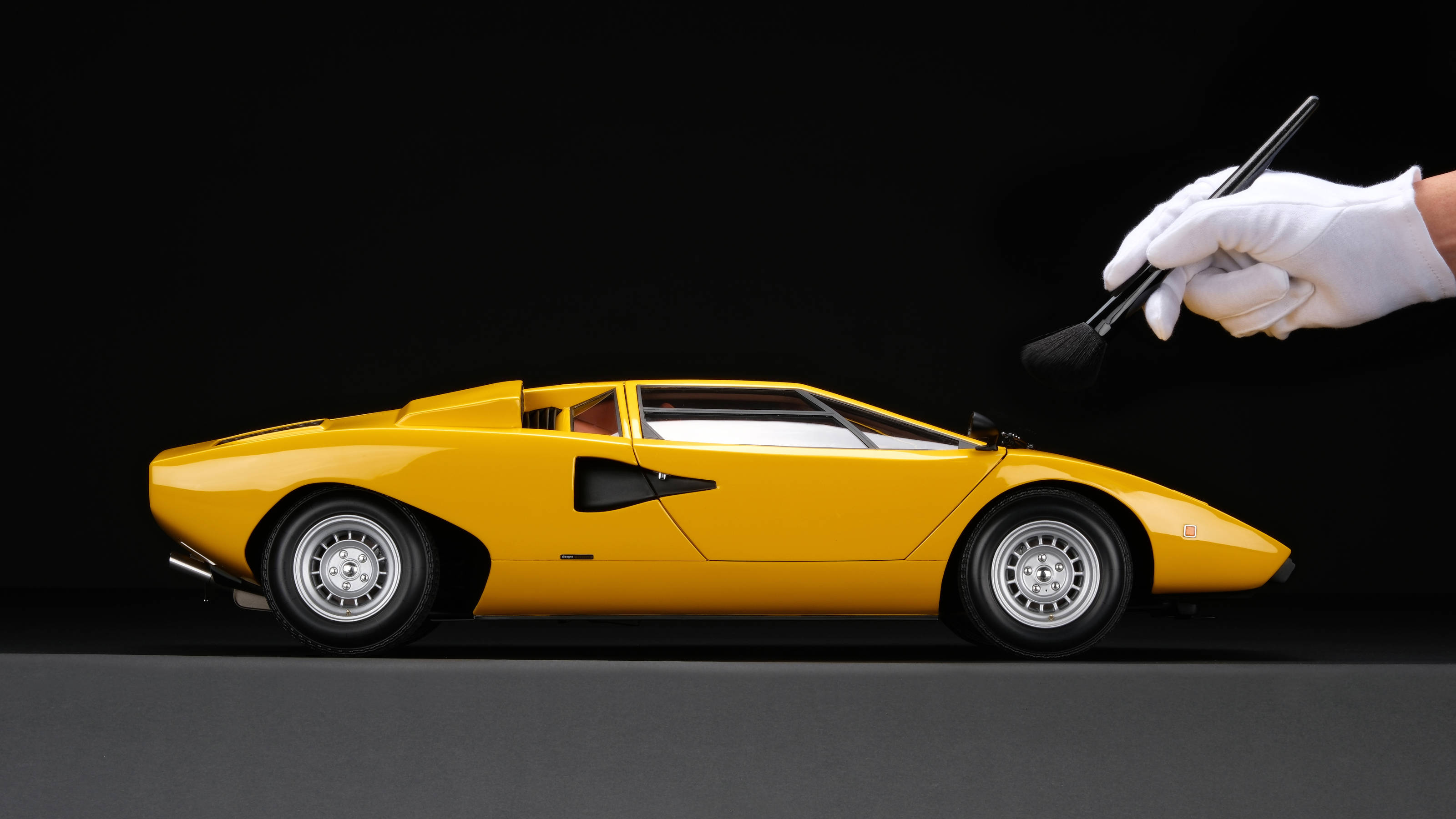 This handmade Lamborghini Countach LP400 is designed to slot on a shelf
This handmade Lamborghini Countach LP400 is designed to slot on a shelfJust 199 examples of this Lamborghini Countach LP400 will be built by Amalgam Collection, recreating every aspect of the iconic 1970s supercar, at a 1:8 scale
-
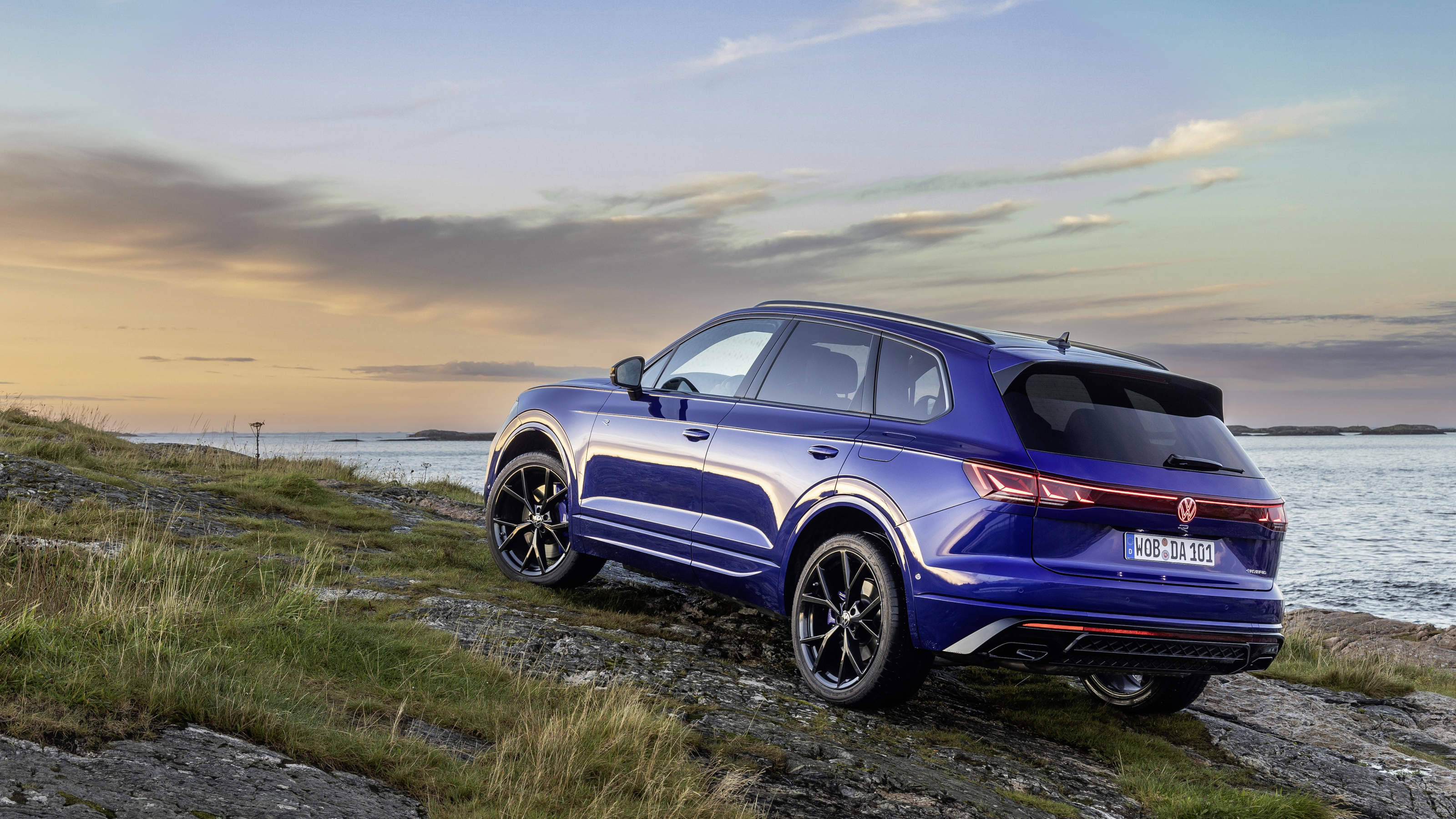 Refreshed Volkswagen Touareg does the heavy lifting for long-distance travel
Refreshed Volkswagen Touareg does the heavy lifting for long-distance travelThe new Volkswagen Touareg R eHybrid is the people’s luxury SUV, capable of going anywhere and doing anything. Does it stack up to rivals?